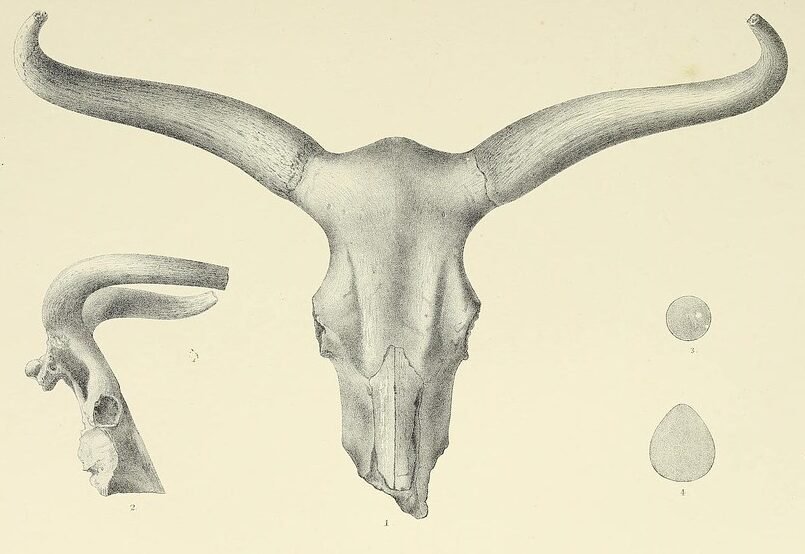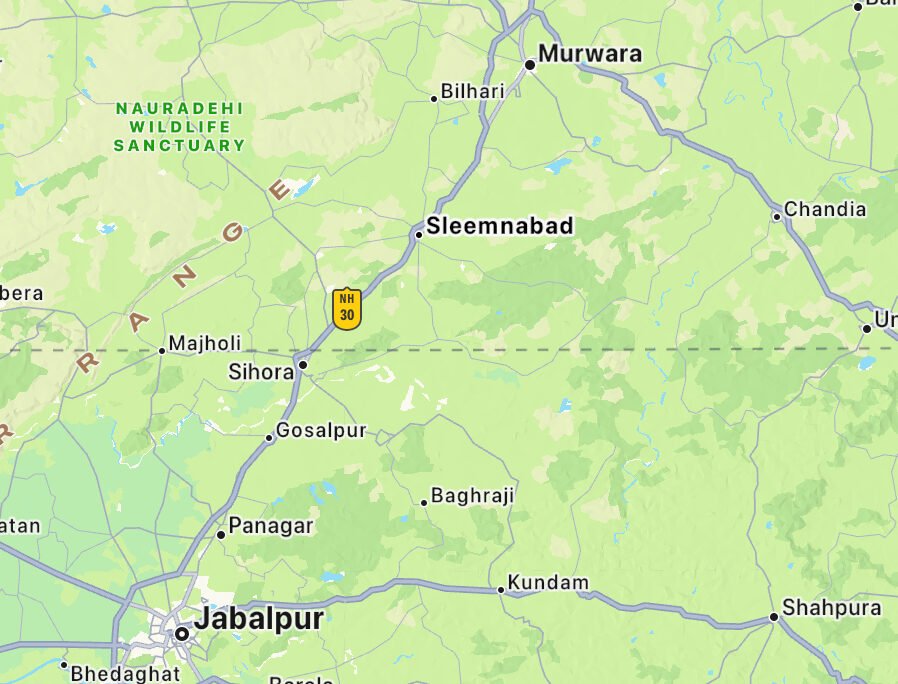sleeman

The History of Sleemanabad: Colonel Sleeman and the Suppression of Thugees in India
Sleemanabad, located in the state of Madhya Pradesh, holds a significant place in Indian history. Named after Colonel William Henry Sleeman, this place is associated with the suppression of Thugees in India during the 19th century.
Colonel Sleeman: The Man Behind the Suppression
- Colonel William Henry Sleeman was a British officer who played a crucial role in combating the Thugee cult in India. He was appointed as the Commissioner of the newly formed Central Provinces in 1835. Recognizing the threat posed by the Thugees, Colonel Sleeman took it upon himself to eradicate this dangerous criminal organization.
The Suppression of Thugees
The Thugees were a secret society of criminals who specialized in strangling travelers and robbing them. They operated across various regions of India, spreading fear and terror. Colonel Sleeman, with his intelligence and determination, implemented a systematic approach to eliminate the Thugees.
- He established a network of informers to gather intelligence on Thugee activities.
- Colonel Sleeman organized a special police force to track down and apprehend Thugee members.
- Through rigorous interrogation and investigation, he obtained valuable information about the Thugee operations.
- Based on this information, he launched targeted operations to capture and prosecute the Thugees.
Colonel Sleeman’s efforts eventually led to the eradication of the Thugee cult, making India a safer place for travelers. His work in suppressing the Thugees earned him recognition and respect.

Sleemanabad Today
Today, Sleemanabad stands as a testament to Colonel Sleeman’s legacy. The place serves as a reminder of the successful battle against the Thugees and the importance of law and order. Visitors can explore the historical significance of Sleemanabad and learn about the remarkable efforts made by Colonel Sleeman to ensure the safety of the people.
He also discovered the holotype specimen of the sauropod dinosaur Titanosaurus indicus in Jabalpur in 1828.




One response to “The Suppression of Thugees: Colonel Sleeman’s Battle to Eradicate thugees in India”
Wow! At last I got a webpage from where I know how to genuinely take valuable information regarding
my study and knowledge.
My page – John E. Snyder